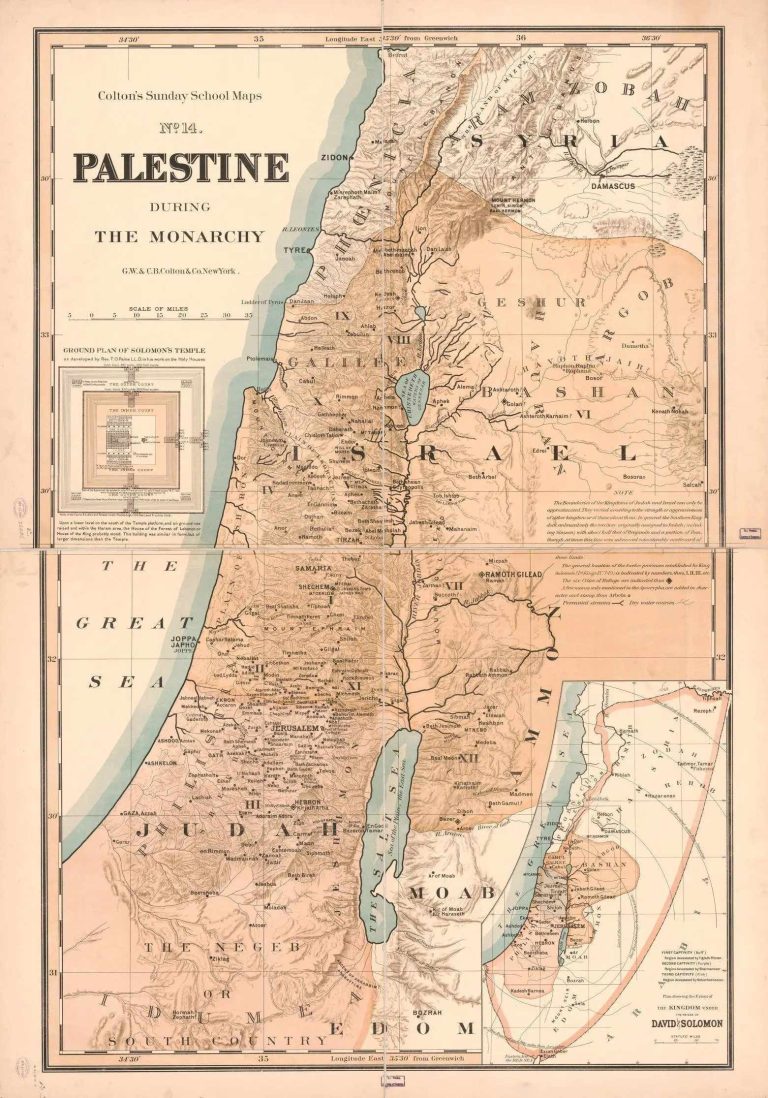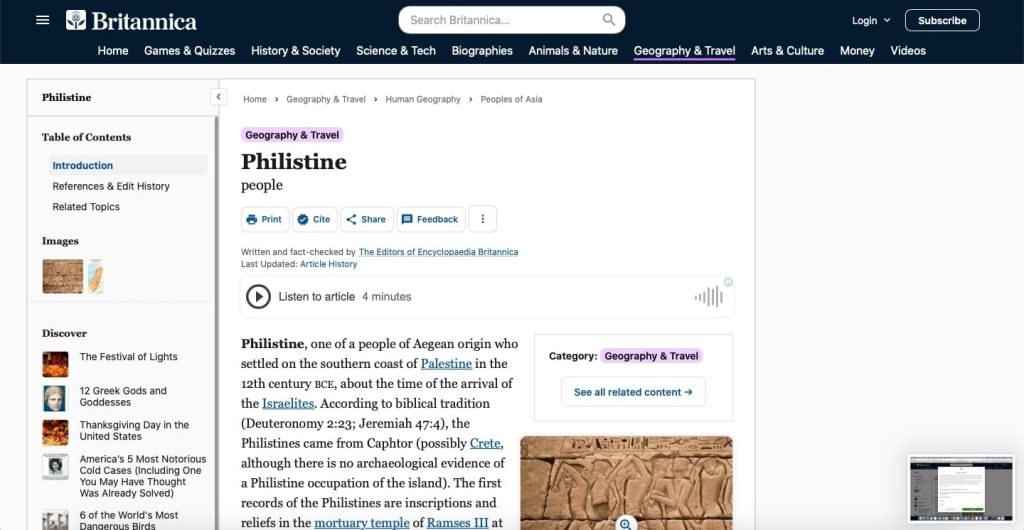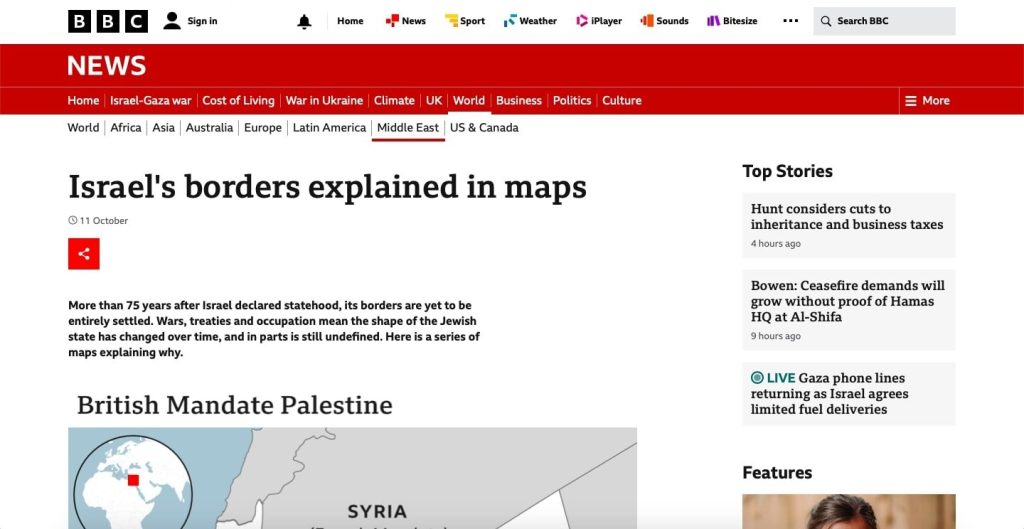The Name Palestine:
What is the historic origin of the name Palestine and what are its implications for the conflict?
Key Summary Points:
The name “Palestine” draws on ancient Middle Eastern languages such as the Hebrew word “pleshet” and the ancient Greek derivations “Philistines”.
Throughout the millennia different forms of the word denoted shifting geographical areas ranging from the southern coastal strip of the Land of Israel to Biblical Judea or larger parts of the region between Egypt in the south and Phoenicia in the north.
In the 19th and early 20th centuries “Palestine” was used by Western scholars and statesmen to describe most of the Land of Israel under Ottoman rule and the British Mandate. Since the 1947 UN Palestine Partition Plan, the words Palestine and Palestinian Territories have generally been used to denote the geographical areas of the West Bank and Gaza, situated respectively to the east and south-west of the State of Israel's provisional boundaries (ceasefire lines) following the war of 1947-49.
Ancient and Biblical Times: The word “Palestine” is derived from ancient Egyptian, Assyrian and Hebrew sources, where “peleset” or “pleshet” denote either foreign neigbouring lands or a coastal land strip in the south of Biblical Canaan, respectively. Derived from these are also the name “plishtim” or “Philistines” of the people in the area who possibly arrived there from the Aegean Sea and fought the Israelites and other regional kingdoms.
Hellenistic and Roman Worlds: The Hebrew “pleshet” underwent Hellennisation and Romanisation and became the Latin “Palaestina”, the Arabic “falastin” and was adopted by other European languages. Historians and philosophers of these eras used it to denote different parts of the land of Israel. Greek Historian Herodotus used “Palaestina” to define part of ancient Syria (between Phoenicia and Egypt) and in Hellenist literature it described the southern coast of the Land of Israel. In Philo of Alexandria and Josephus Flavius “Palaestina” and “Syria-Palaestina” meant larger parts of the Land of Israel. The Roman Empire on its part used “Palaestina” to describe the Biblical area of “Judea”, probably in order to downplay the connection of Jews to the land (before or after the Bar Kochba revolt).
Muslim Rule: Following the Muslim conquest in the 7th century the area was known as the (military district) “jund falastin”, but after the 12th century it was largely abandoned in favor of other provincial names. During the 400-year Ottoman rule (1517-1917) the area was divided into three districts within the province of Damascus.
Modern Era: In the 19th century the name “Palestine” was increasingly used by European scholars and geographers to denote most of the Land of Israel, and only during the latter years of the Ottoman Empire did it take on political meaning, especially by the Arab inhabitants of the area and under the influence of European nationalism, colonialism and finally the fall of the Ottoman Empire in World War I.
British Mandate for Palestine: Following the British conquest of Palestine in World War I and the Sykes-Picot Anglo-French agreement of 1916, Britain in 1922 obtained a mandate from the League of Nations to govern a large area spanning more or less the Land of Israel and what is today Jordan. The role of the Mandate was to reconstitute a Jewish National Home in Palestine in line with the 1917 Balfour Declaration. Separate Mandates were created for Syria and Iraq in keeping with the Great Powers’ dual promises of self-determination to both Jews and Arabs.
After World War II the United Nations in 1947 voted in favour of the Palestine Partition Plan, foreseeing a Jewish and an Arab State there side by side in the Mandate area west of the Jordan river. While the Jewish community accepted this plan and declared the The State of Israel in 1948, the Arabs turned down the Plan and together with neighbouring Arab armies attacked the new Israeli State. After the war, the Palestinian territories (West Bank and Gaza) were under Jordanian and Egyptian rule, respectively, and were in turn occupied by Israel in the 1967 War. The West Bank and Gaza were given partial self-rule under the Palestinian Authority in the framework of the Oslo Accords of 1993-95.




